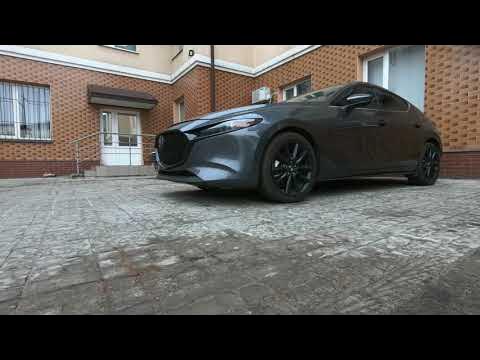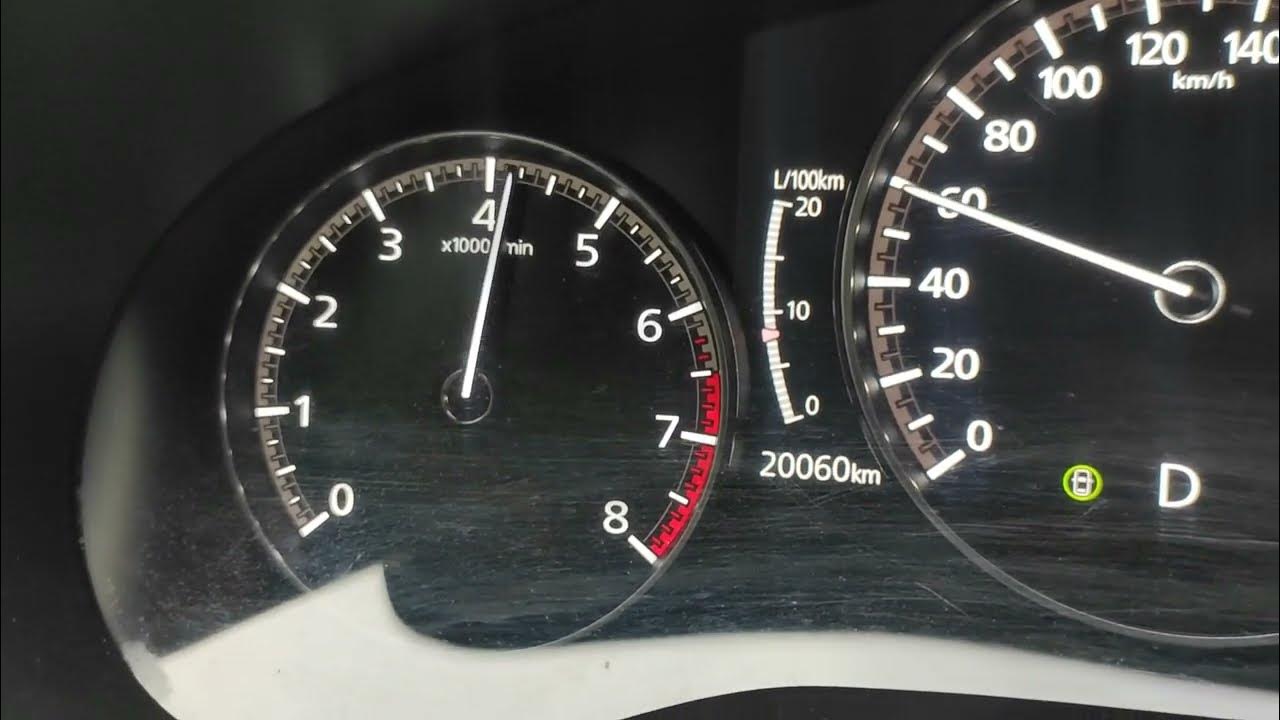BTW it was not fixed - the last minutes of the 3rd video is showing it, and he confirmed it with pain. There're 3 more parts of this story...
So finally, he sent that cylinder head to a local factory (he lives in Ukraine). The professional welder at the factory cut out the cracked segment of aluminum and welded the new one. Fixing it that way was cheaper for him ($370) than ordering the new head.
here are 4th, 5th, and 6th (the final) parts of this story:
**** ******, ******* ****** ******** * ******* * ******. *** ********* ******* ***** ********* Mazda 3 * ****** BP * ******* Skyactiv-G ******* 2.5*** ******...

www.youtube.com
Mazda 3 Skyactiv-G 2.5 Трещина в головке. Часть 5, забрал головку после сварки.
**** ******, ******* ****** ******** * ******* * ******. *** ********* ******* ***** ********* Mazda 3 * ****** BP * ******* Skyactiv-G ******* 2.5*** ******...

www.youtube.com

www.youtube.com

www.youtube.com

